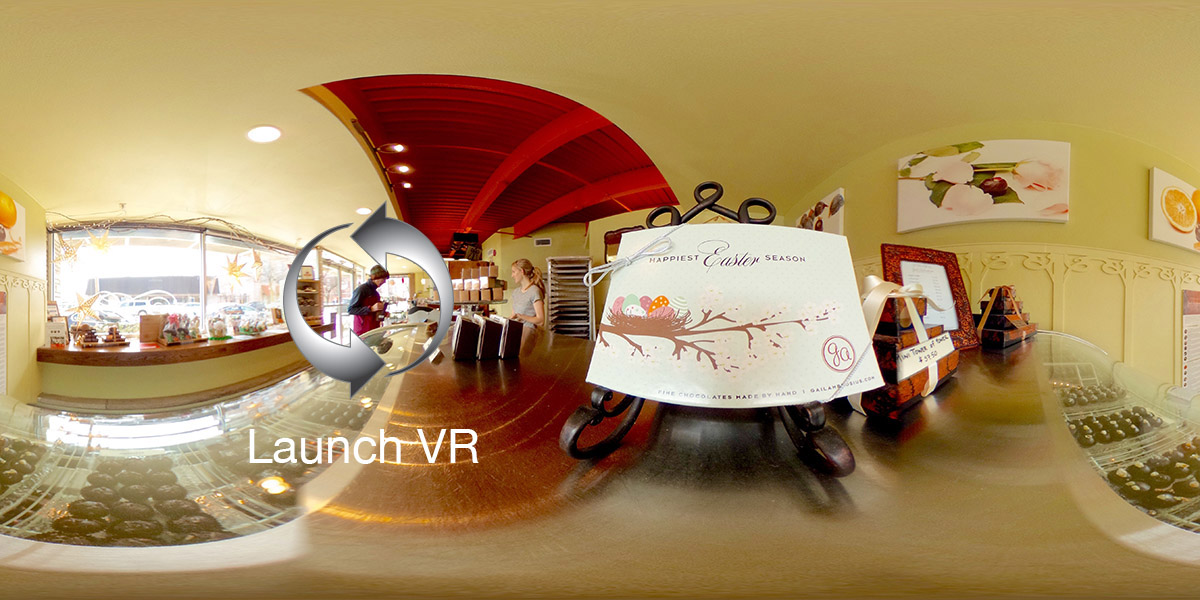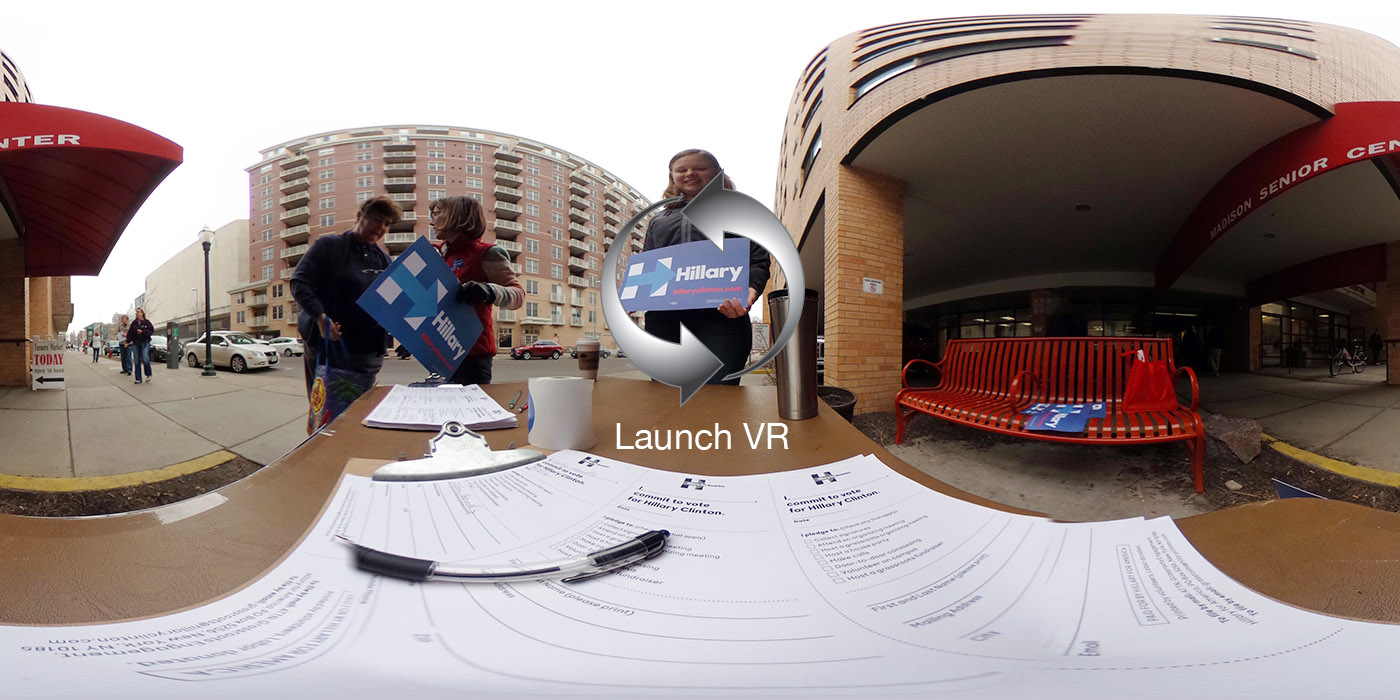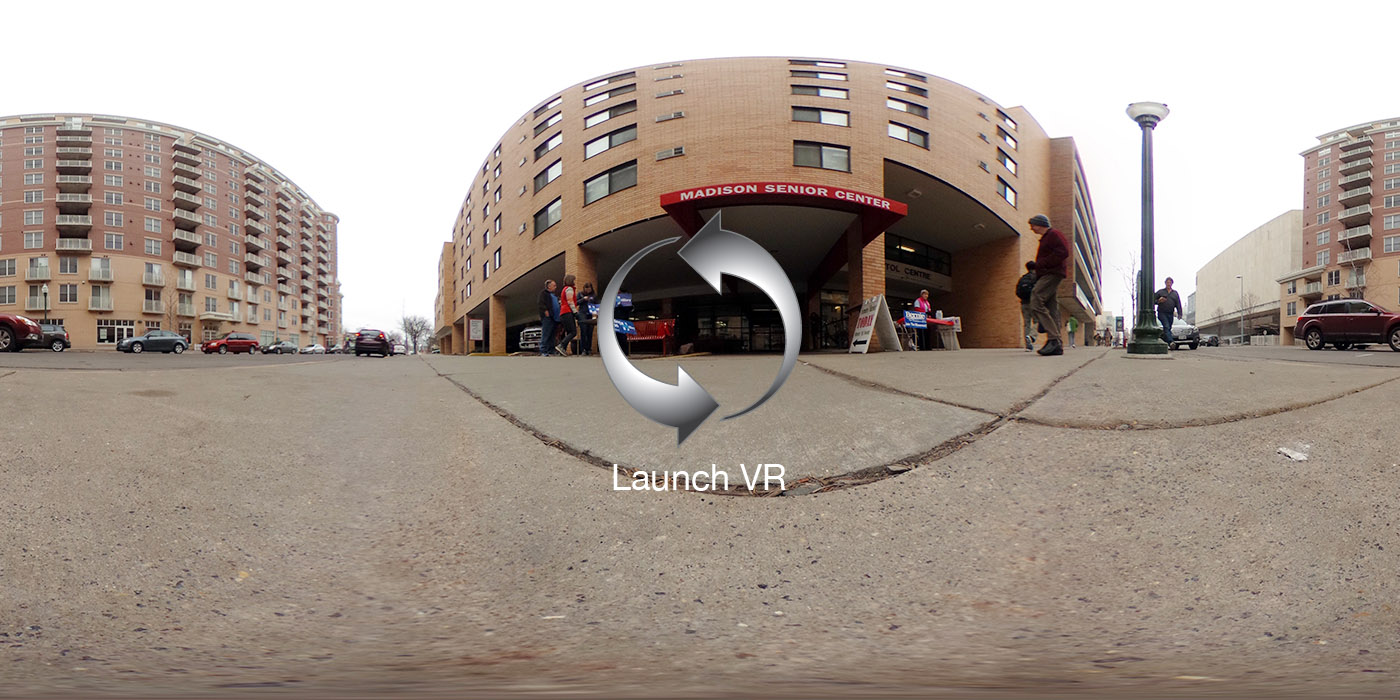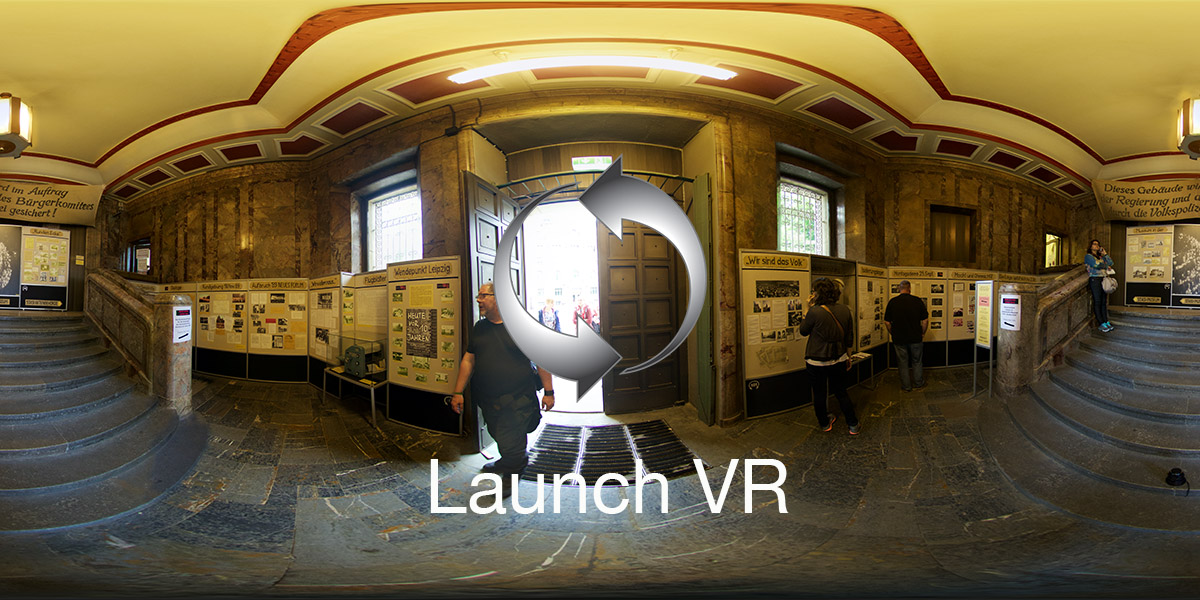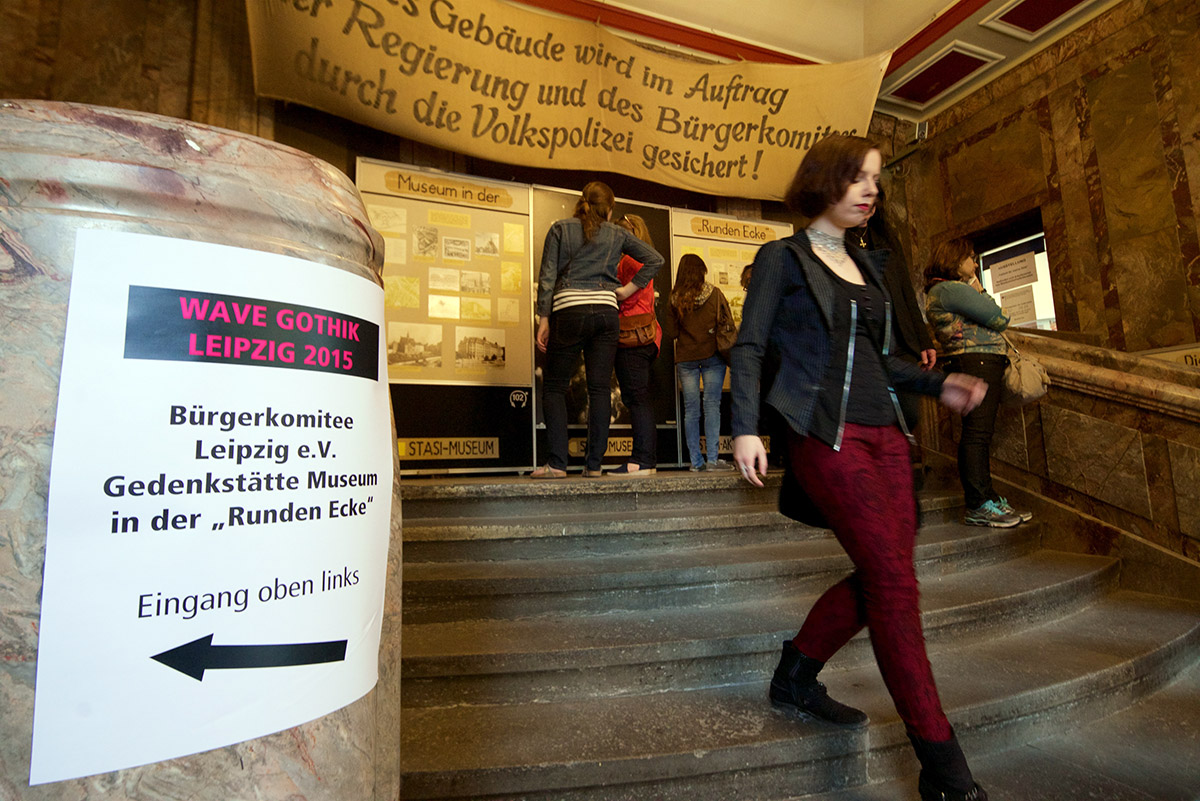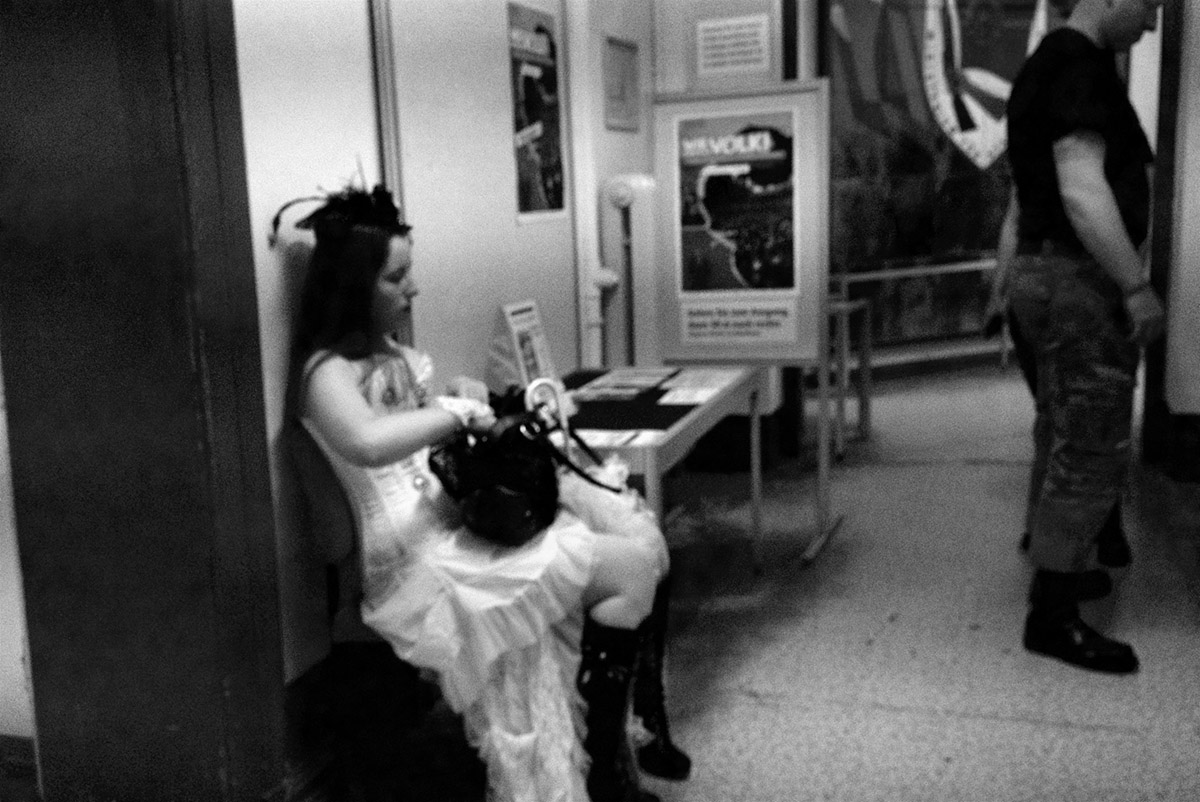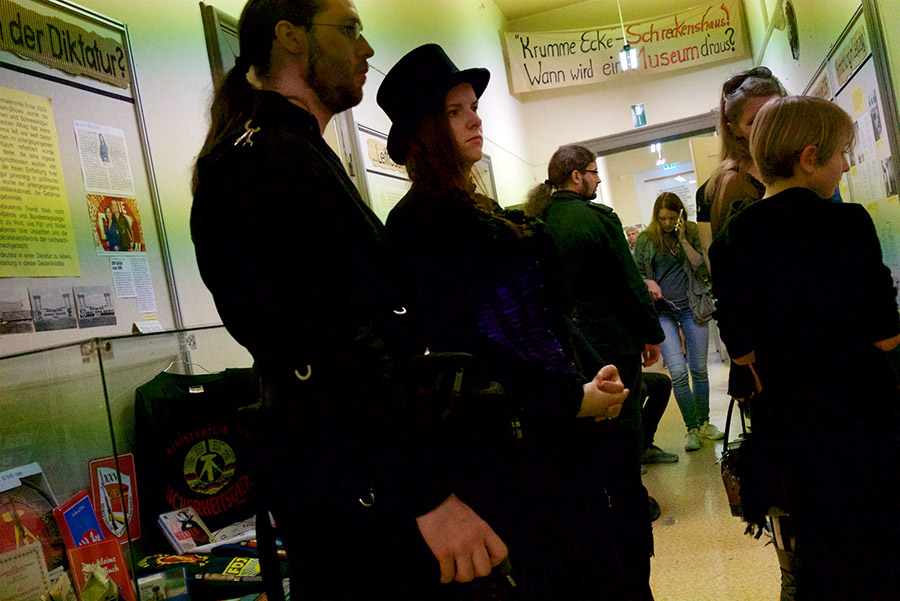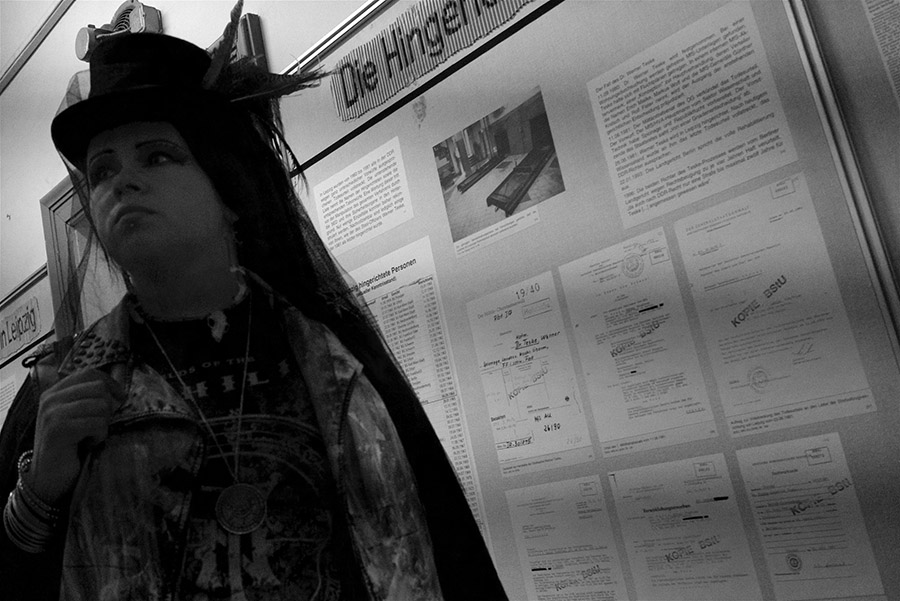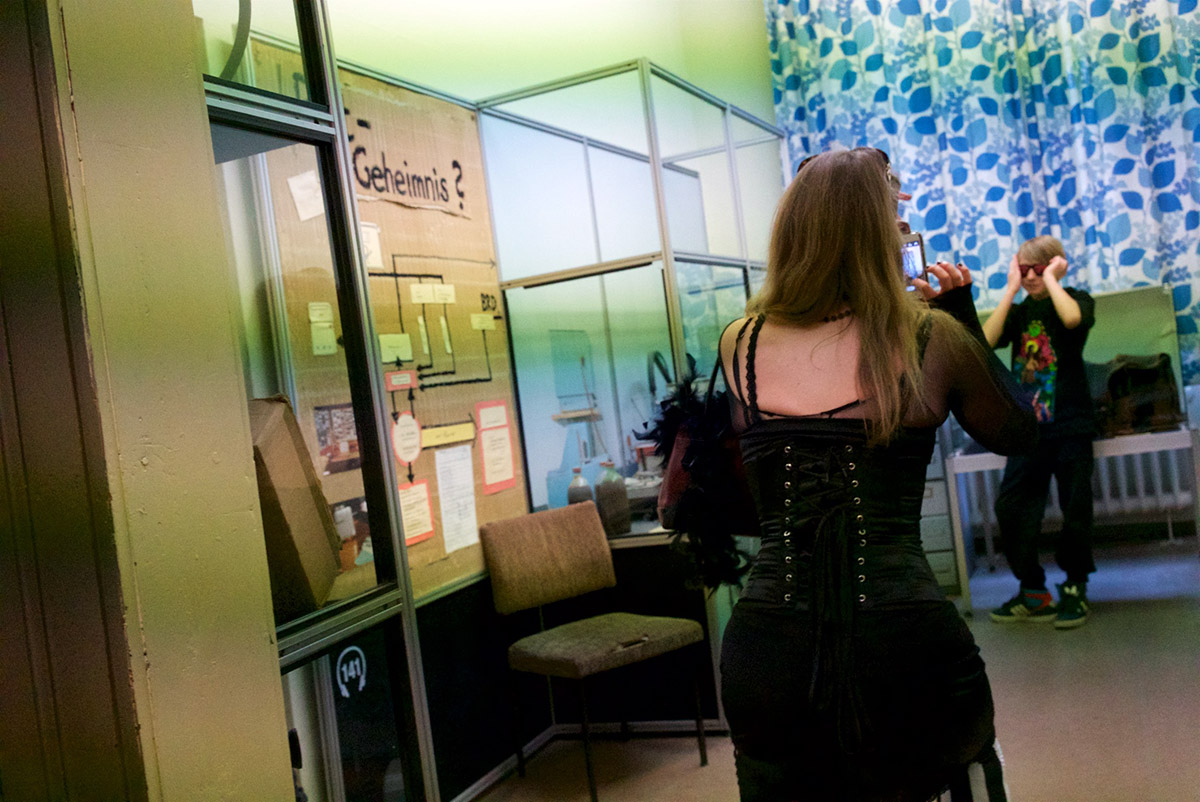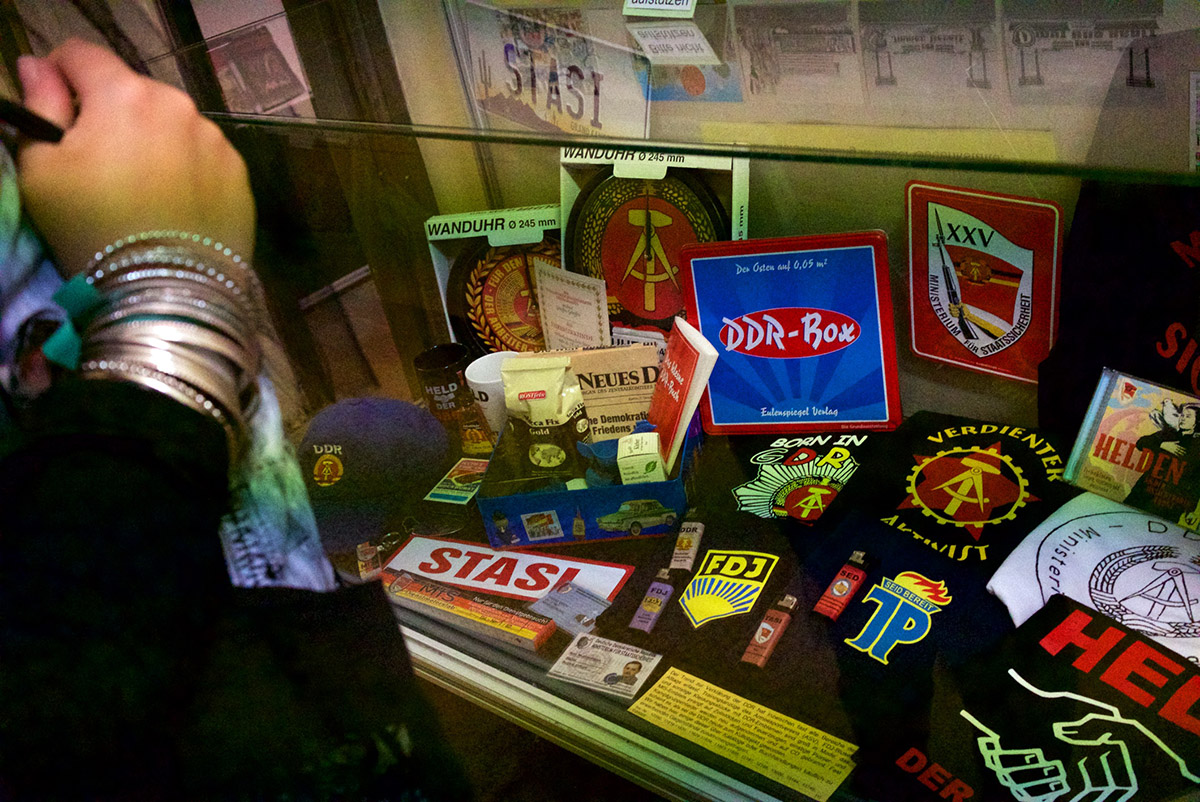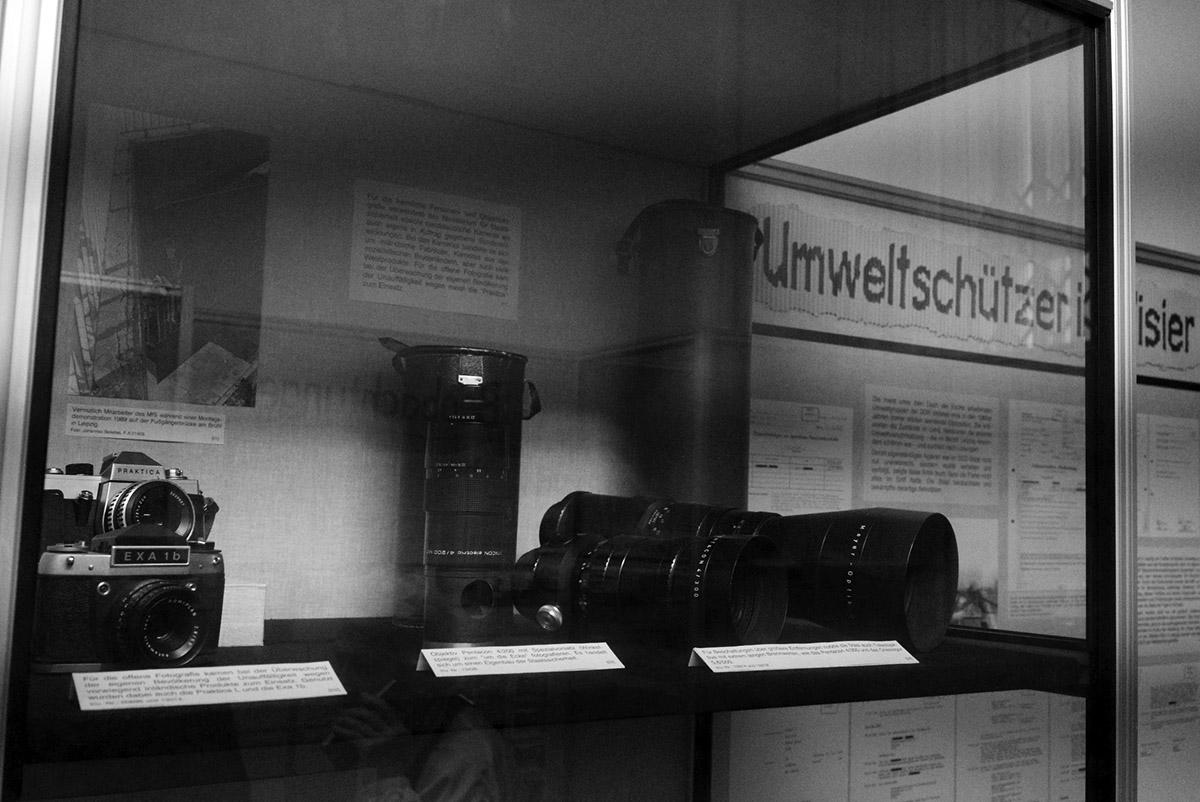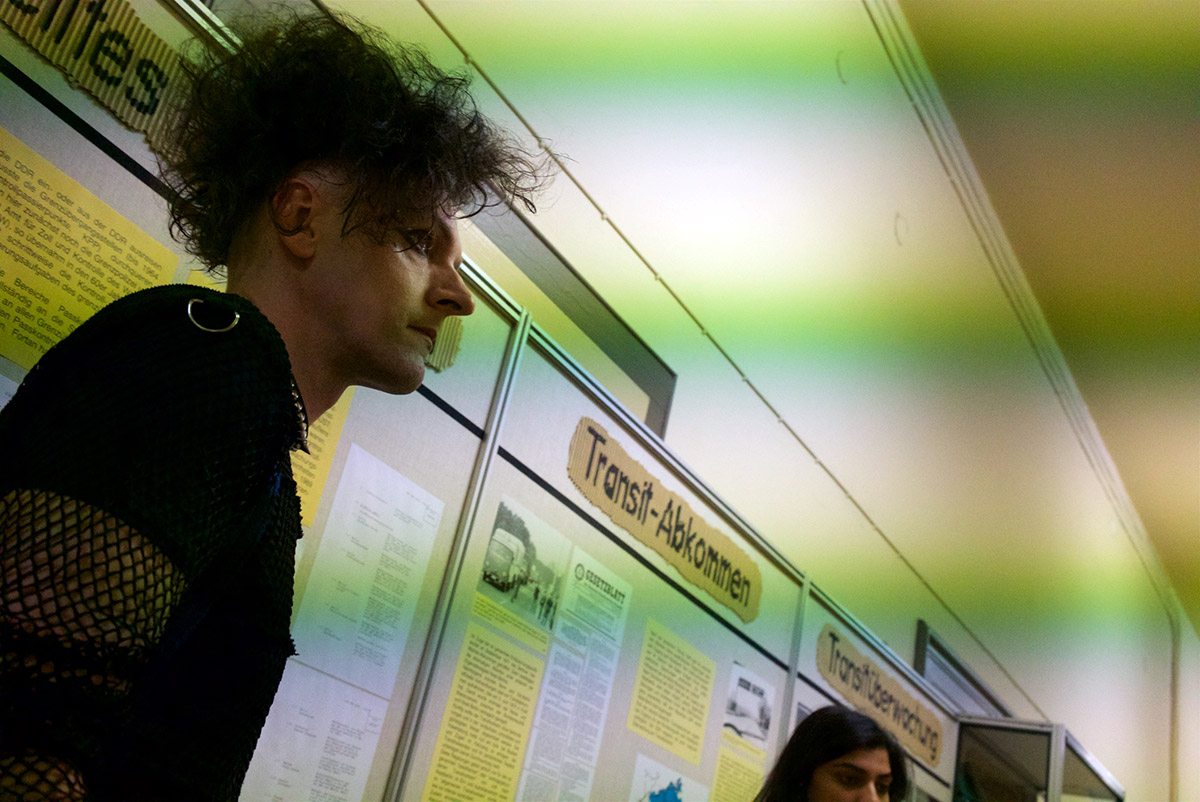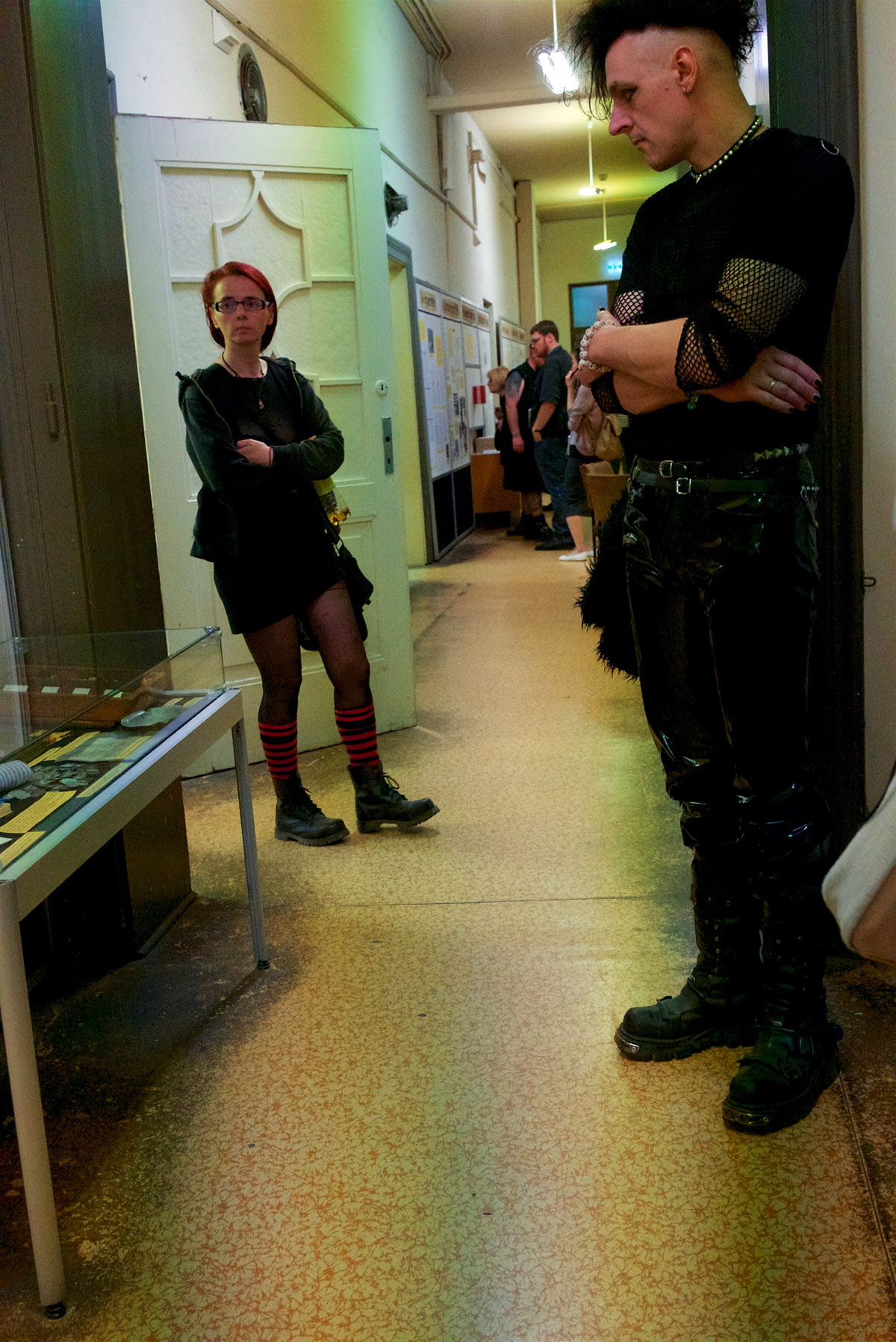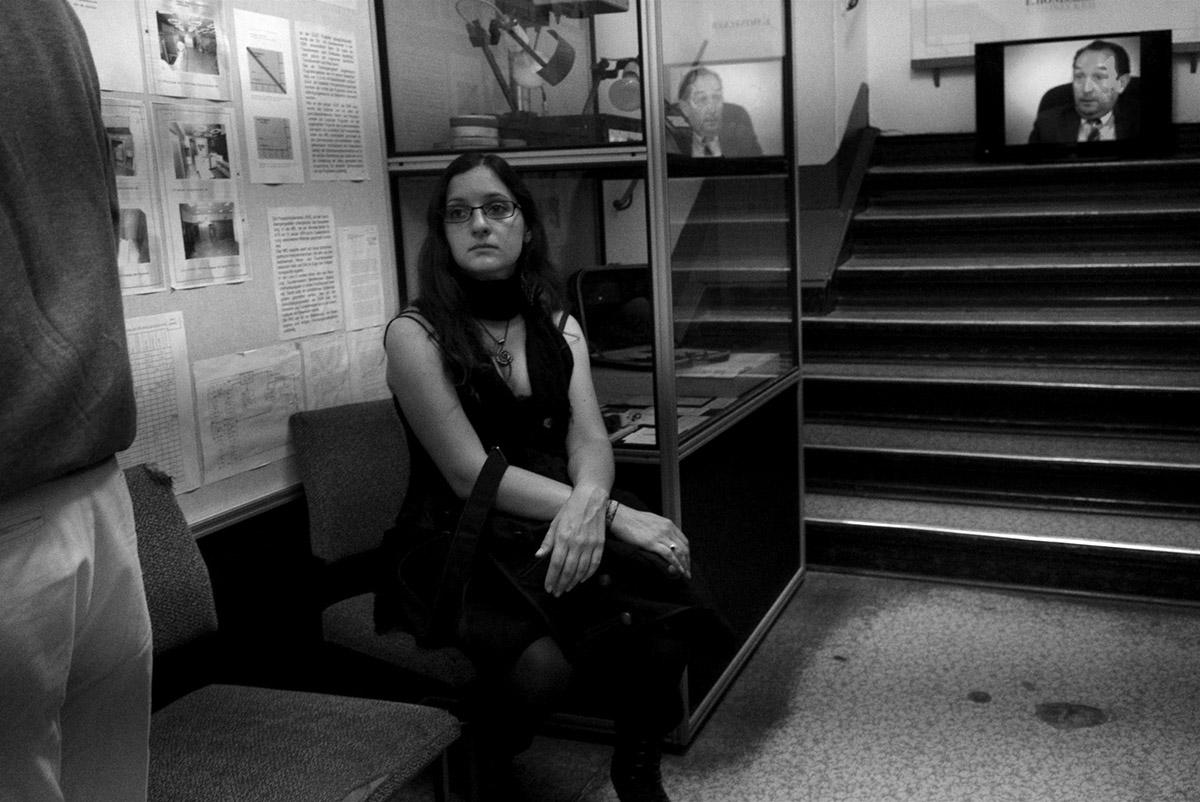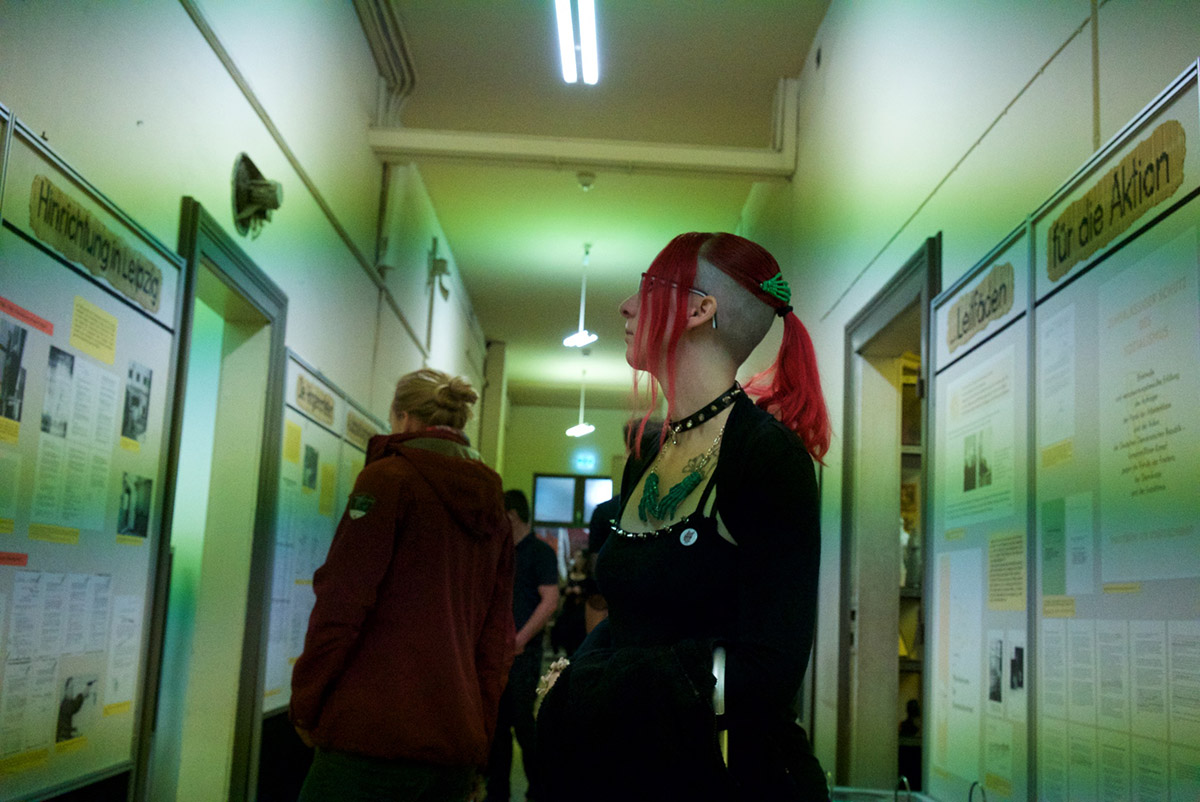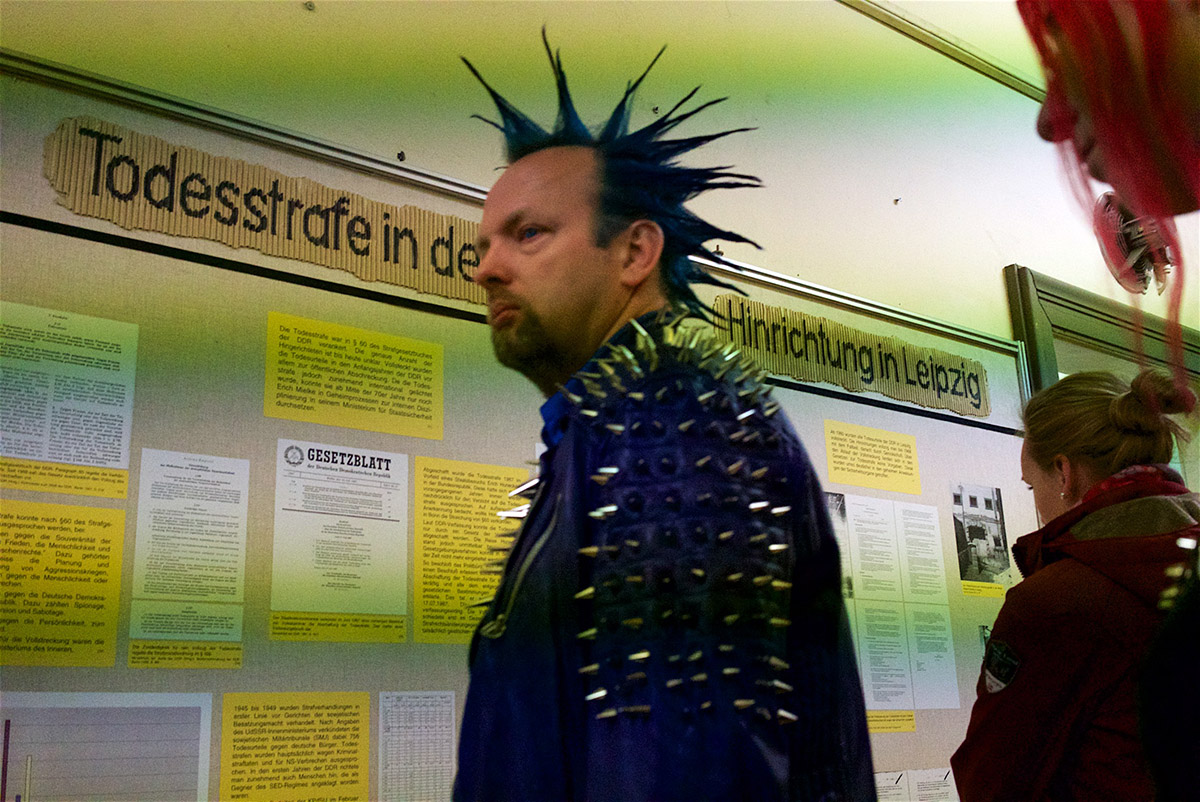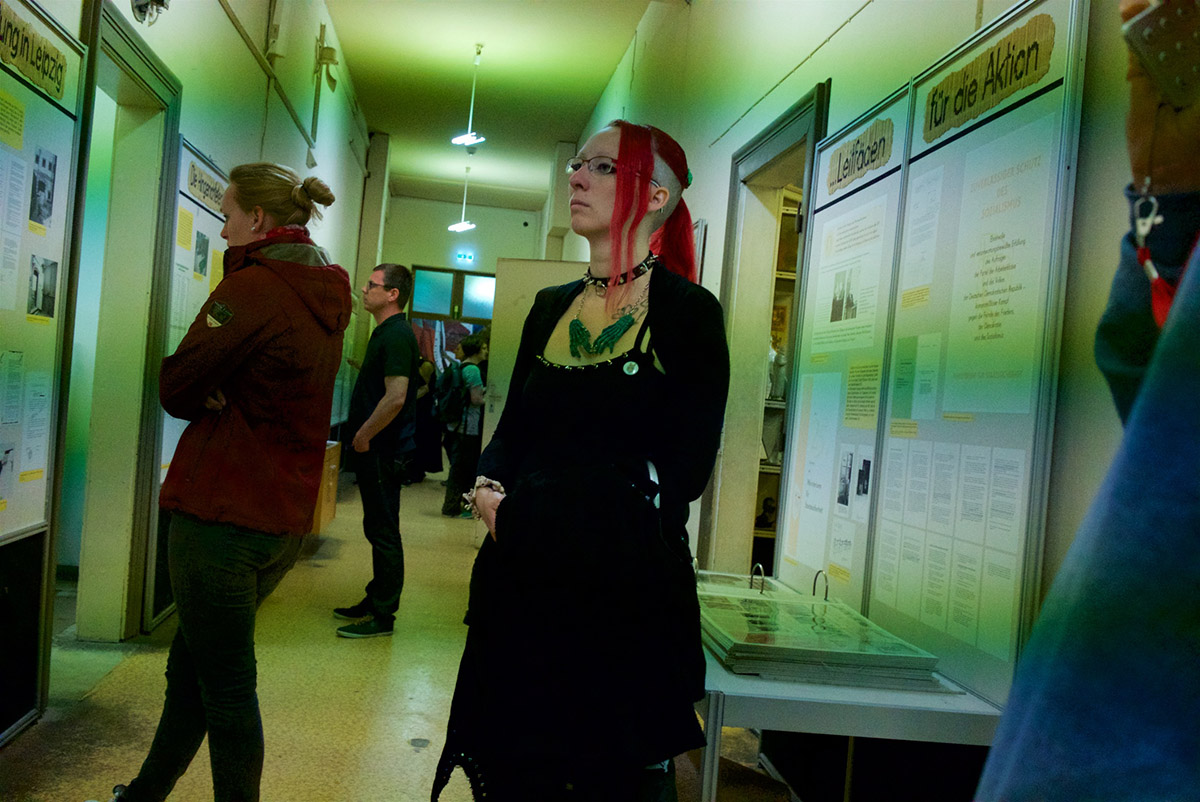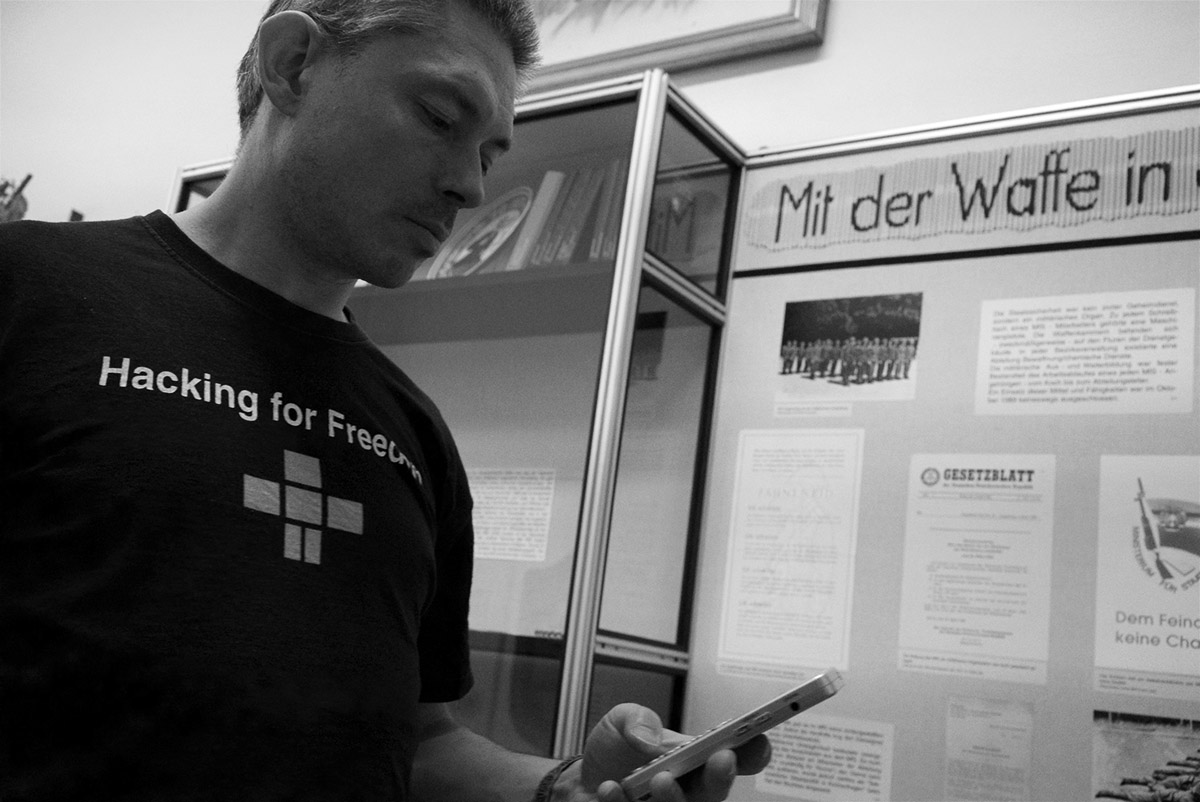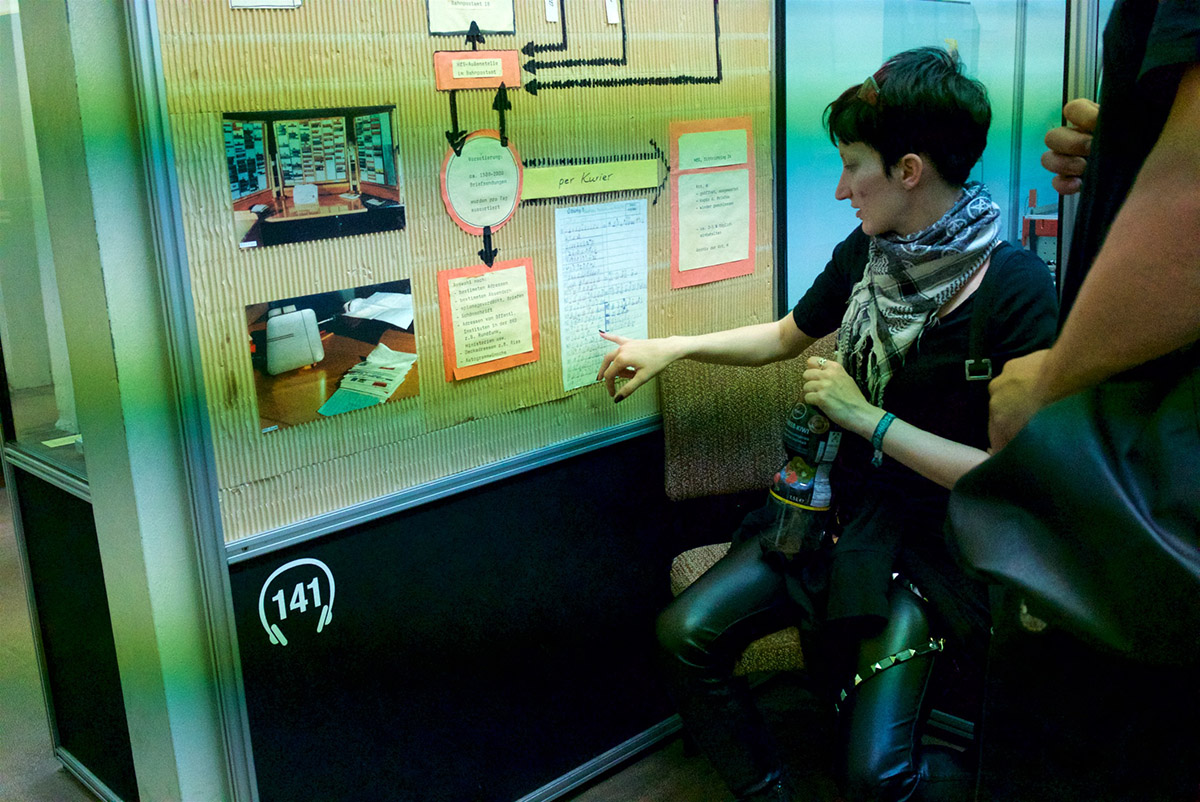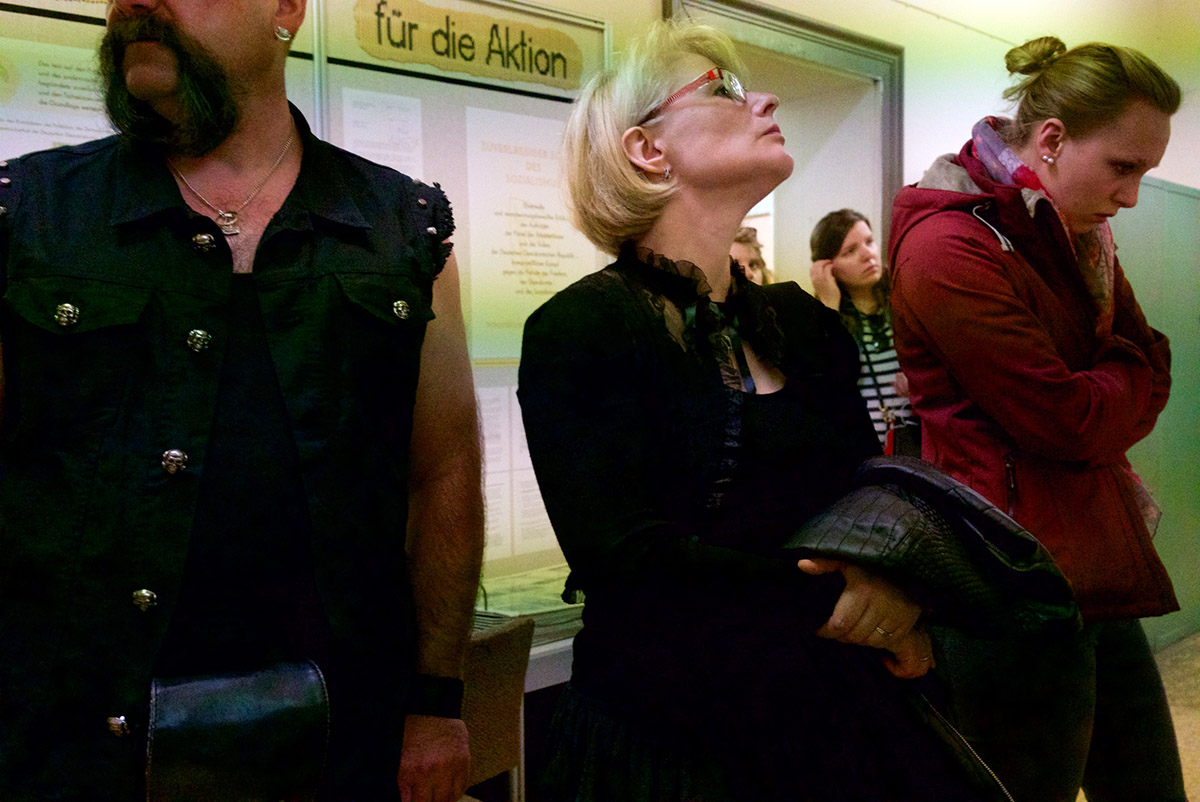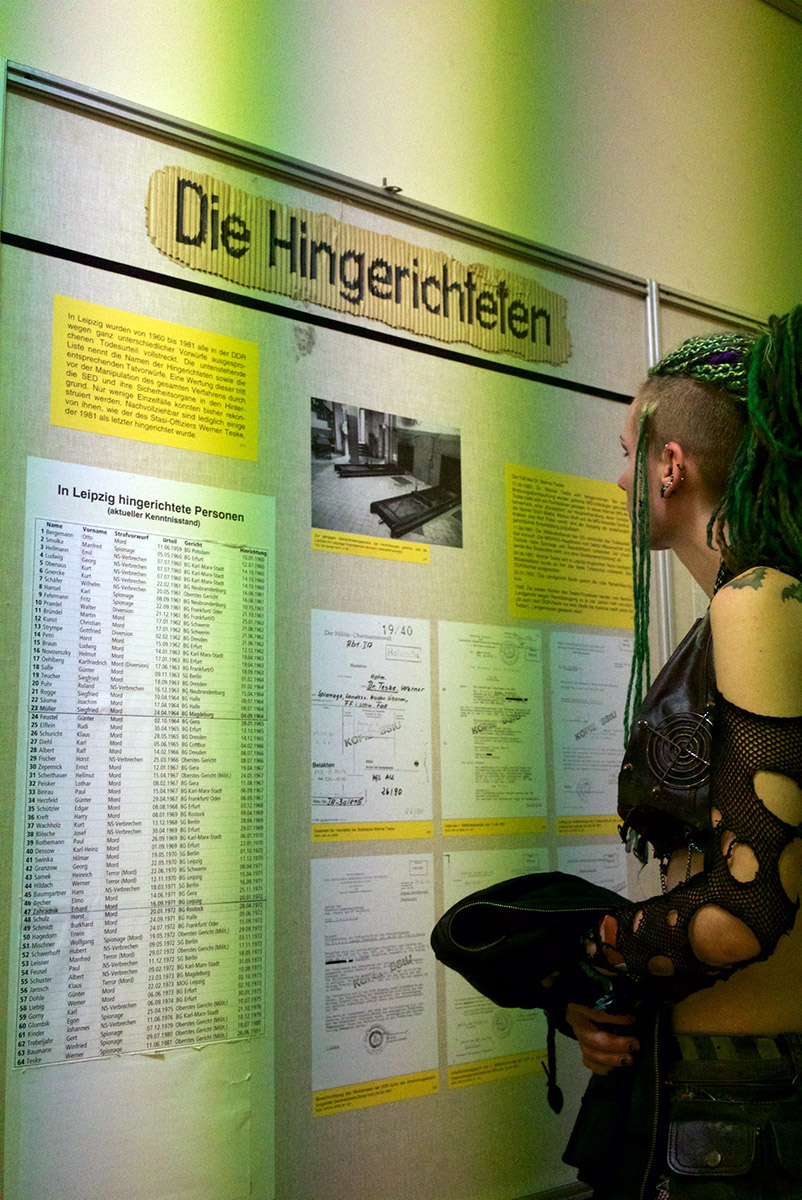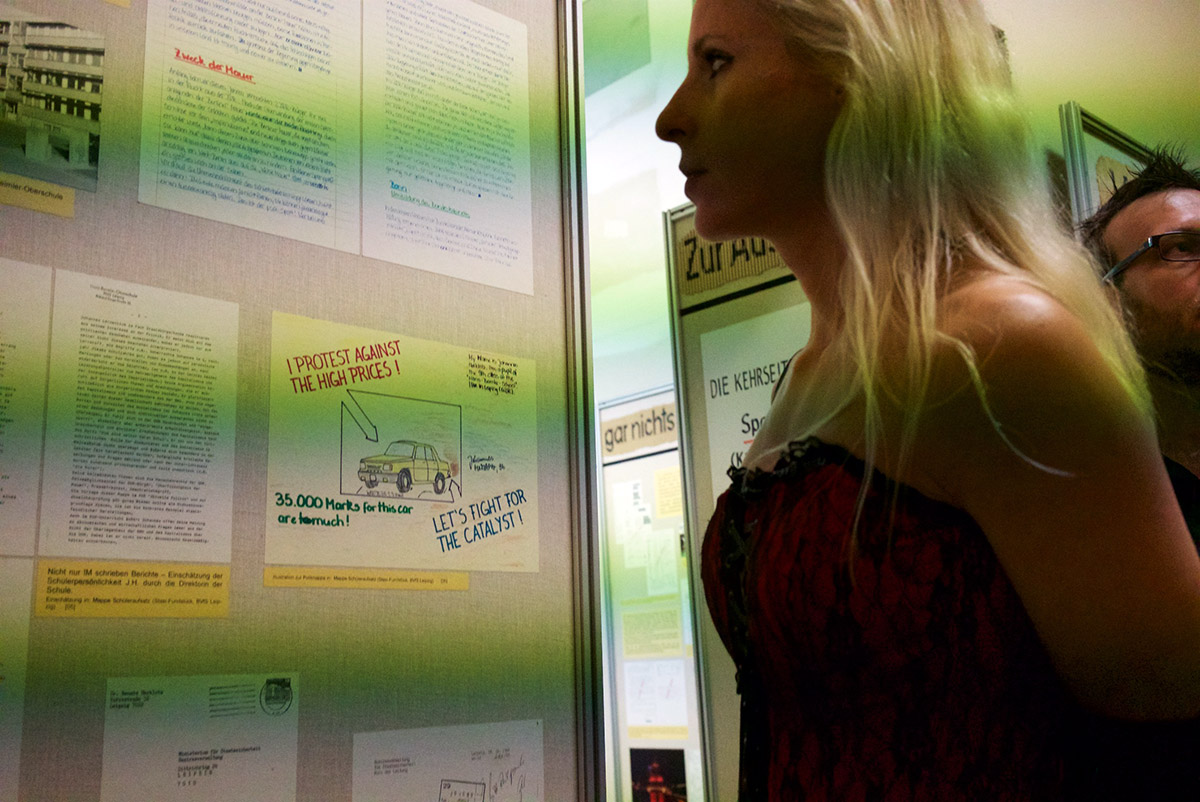Translation via Katate:
The first is the color accuracy improvement, which is the same as dp Quattro’s I’ve explained before. The second is the EVF. To be honest, the Foveon sensor is not designed for movie. The quality of the EVF, such as the resolution, is not as good as the current mirrorless cameras’. However, the critical factor of the EVF is the delay time of the display. We’ve worked hard on this, and the delay time is 30-45ms, which is not inferior to the current mirrorless cameras. Even the resolution is not so high, the delay time is smaller. Comparing to dp Quattro, this speed is 40% faster. We’ve also worked hard on improving the super sensitivity. sd Quattro is one stop better than dp Quattro.
……
You might ask why I’m announcing a product whose release date is not clear. The answer is that, if I announce APS-C Quattro only today, and it is released, and then several months later I’ll announce the Quattro H. You might get really angry (laugh). I’m afraid of that, so I’ve decided to announce a little earlier and I let you take this into consideration.
The price is completely unforeseeable. The image sensor cost is not sure. As the number of the sensors is small, the price will become really high. There will be a price gap between these two models.
Thank you so much on listening for such a long time. The market situation is really tough for our company, but I’d like to introduce innovative products later this year, and also next year. Please expect our future products, and please support us.
Thank you very much.
Canon executive Go Tokura:
This is just my personal opinion. In my view there are two key features that have to be addressed. The first is autofocus, particularly tracking of moving subjects. The other is the viewfinder. The electronic viewfinder would have to offer a certain standard. If those two functions were to match the performance of EOS DSLR camera performance, we might make the switch.
Tremendous progress has been made in electronic systems. However in terms of AF, pro-level AF functions, and the range of shooting situations that professional photographers can respond to, there’s still a gap between DSLRs and mirrorless systems.




